Established in early 2022, the Curdies River Coordinating Committee (previously known as the Curdies River Consultative Committee) has been established to provide a transparent and effective platform for knowledge sharing, consultation and collaboration in relation to improving the health of the Curdies River and its tributaries
The Coordinating Committee is coordinated by the Corangamite CMA. Members include six community representatives, Agriculture Victoria, West Vic Dairy, Wannon Water, Parks Victoria, Corangamite Shire, Moyne Shire, Environment Protection Authority, Heytesbury District Landcare Network, Department of Energy, Environment and Climate Action (DEECA) and Corangamite CMA.
The Curdies River Integrated Catchment Management Program currently includes the following sub projects. Led by the Consultative Committee, priority projects throughout the Curdies catchment are being broadened to an Integrated Catchment Management approach incorporating the Deakin recommendations and future, community-oriented vision for the whole catchment.
To stay updated on project activities and other things relevant to the Curdies River please subscribe to our community update below.
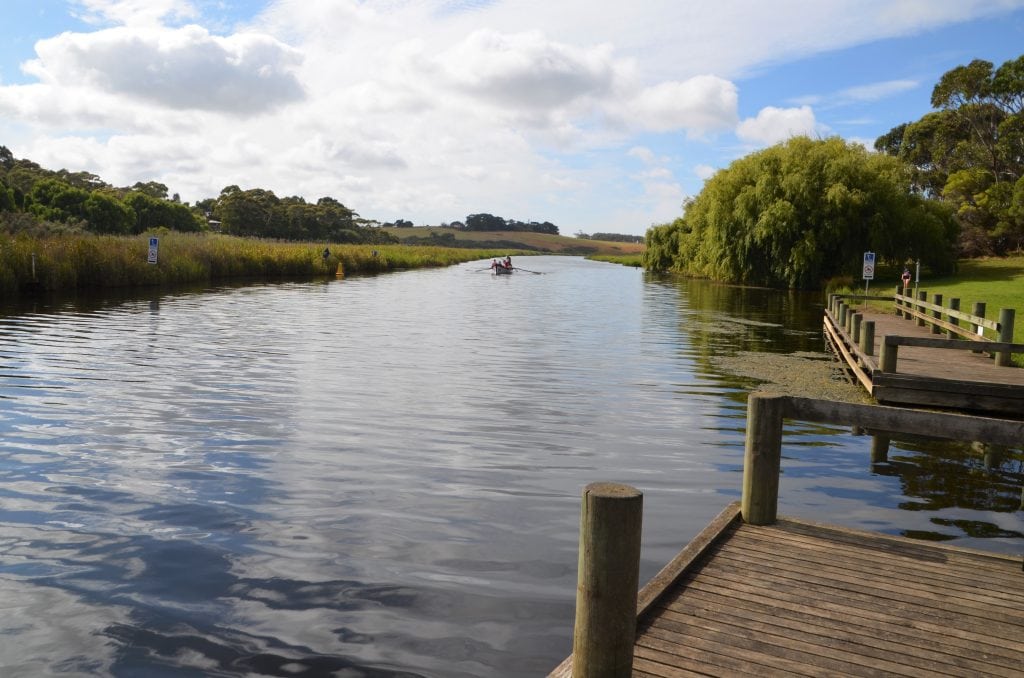
We are providing support and incentives to land managers to undertake pest plant and animal control, fencing and revegetation along riverbanks. Since 2002, approximately 30% (or 100km) of named waterways in the Curdies catchment have been fenced and revegetated through the Waterway Protection Program. There are many more unnamed waterways across the catchment, ranging from rivers to natural depressions, of which the fencing status is unknown.
Further details can be found here: https://ccma.vic.gov.au/waterways/waterway-management/waterway-protection/
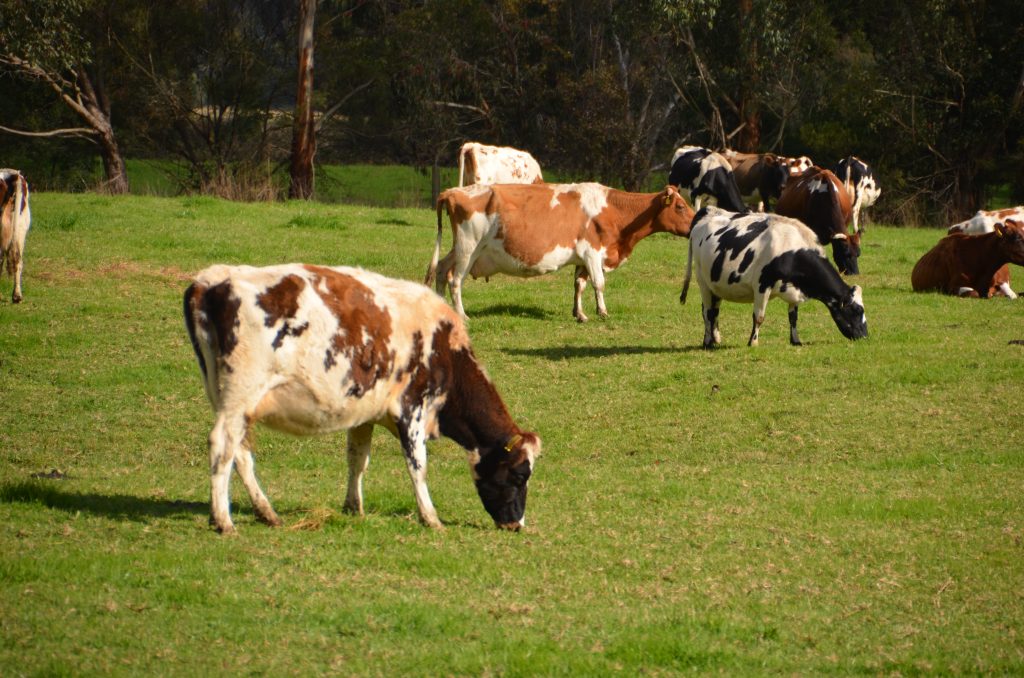
We are supporting dairy farmers to participate in a program that covers Nutrient Management, Soil Health and Effluent Use and Management. Since 2016, almost 80 dairy farmers have participated in the program over 6 rounds. This project is delivered through a partnership with West Vic Dairy, Corangamite CMA and Agriculture Victoria, with support from the Heytesbury Landcare Network.
If you are interested in registering for this program or for further information, please click here: Sustainable Dairies - Corangamite Catchment Management Authority (ccma.vic.gov.au)

We are supporting Waterwatch and EstuaryWatch volunteers to conduct short and long-term monitoring in the Curdies River catchment. This information is publicly available at EstuaryWatch Portal http://www.estuarywatch.org.au/ and Waterwatch Portal https://www.waterwatch.org.au/ (click on the interactive maps to find Curdies data). This project is delivered by the Corangamite CMA.
If you would like to get involved in a volunteer program click here: https://ccma.vic.gov.au/get-involved/citizen-science/ to register your interest.
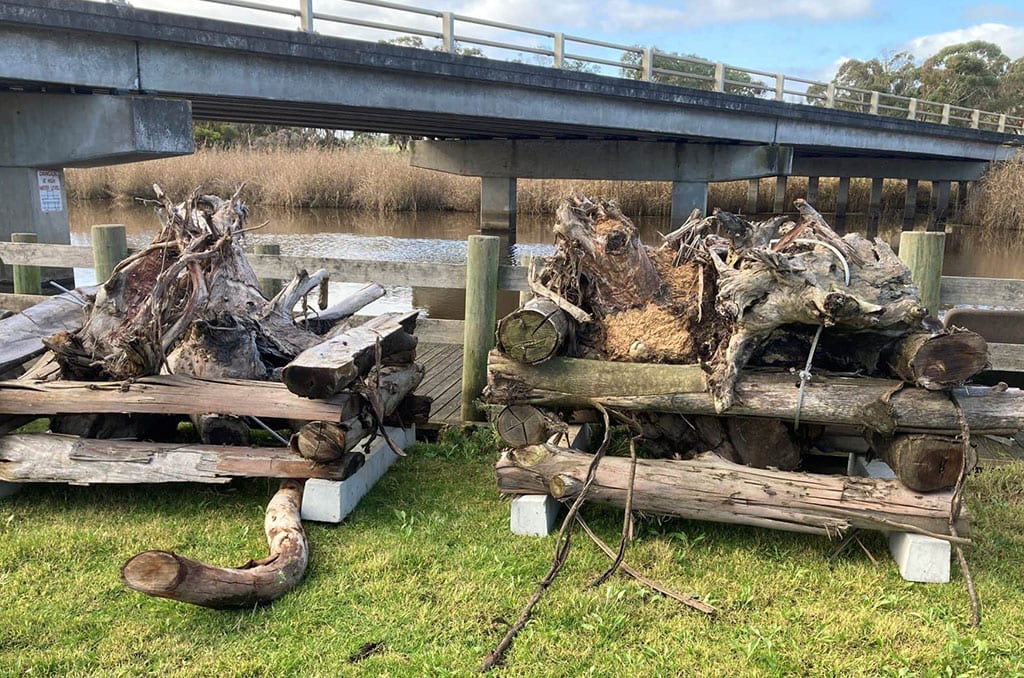
We are improving riverine and estuarine habitat for native fish, including angling species, in the Curdies estuary (immediately upstream of Curdievale to Peterborough). These improvements to the waterway are made through fencing, weed control and revegetation, as well as the installation of instream fish habitat structures.
If you would like to get involved in this program, the call for Expressions of Interest remains open for landholders to receive incentive funding to fence off, control weeds and revegetate estuary frontage and creeks running into the estuary. To express interest, please contact CCMA Project Officer Gene Gardiner on 0419 105 179
Corangamite CMA is delivering this project in partnership with OzFish Unlimited and VRFish through funding from the Australian Government.
Further details about the program can be found here: Curdies Estuary Fish Habitat Restoration Project - Corangamite Catchment Management Authority (ccma.vic.gov.au)

The decision to artificially open or not open an estuary commences when the Corangamite CMA receives a formal request from Parks Victoria to open the estuary and the water level is considered to have a high impact on the social, cultural or economic values of the estuary.
The decision process involves two main phases; the Impact Assessment and Practicality Assessment.
In the event inundation associated with the closure of the river mouth presents an immediate threat to safety, health or property an artificial opening may be conducted under the emergency provisions in accordance with By-law No. 4 Waterways Protection 2014. Under these circumstances, a permit (and therefore pre-opening water quality testing) is not required by the Corangamite CMA.
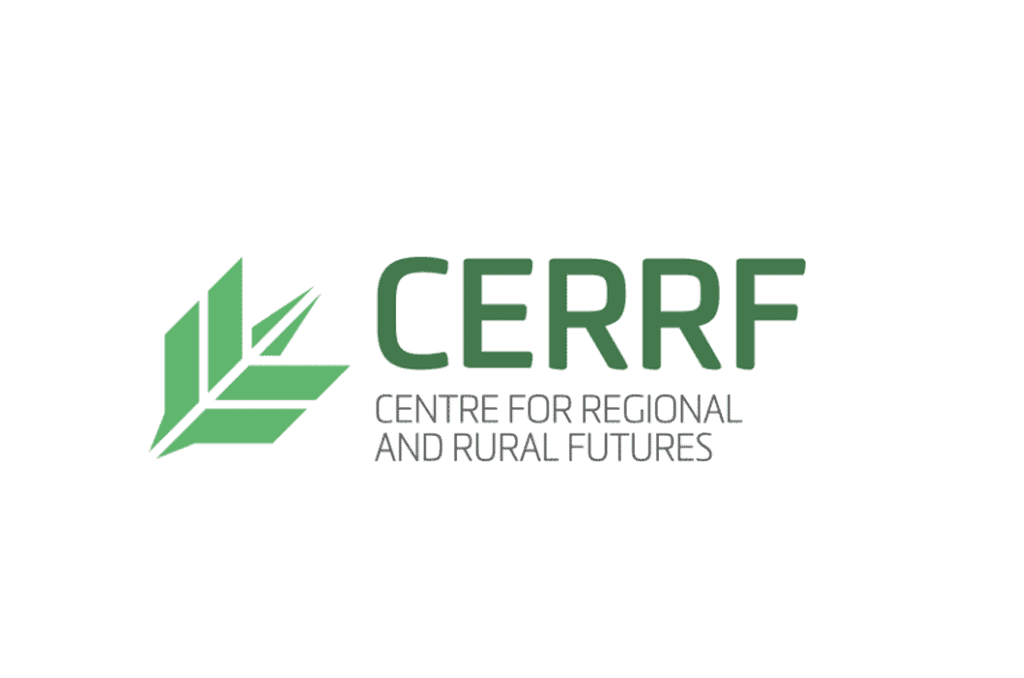
A major bloom of toxic cyanobacteria (commonly referred to as ‘blue-green algae’) in the Curdies River Estuary in early 2022 raised considerable concern in the local community about the health of the Curdies River system.
Monitoring data collected for the Curdies River system since 2005 indicate that nutrients in the river continue to be of major concern. Management efforts over the past 20 years appear to have reduced levels of phosphorus under low-flow conditions, but not under high-flow conditions. The lack of change under high-flows is likely due to erosion or other factors that contribute both sediment and nutrients into the river. Results also show that the Scotts Creek sub-catchment contributes more nutrients than the upper Curdies sub-catchment, likely because of its steeper slopes.
Given historic nutrient loads in the river, it will take long-term, integrated catchment management to effectively reduce blue green algae blooms.
A recent study by Deakin University on nutrient enrichment in the Curdies River has provided six key recommendations for future management to reduce nutrient loads.
The study's findings can be found here: https://ccma.vic.gov.au/wp-content/uploads/2023/01/Investigating-the-sources-of-nutrients-in-the-Curdies-River.pdf

Scott’s Creek stability project was undertaken in 2009. This included a full geomorphic assessment of Scott’s Creek and the use of grade control structures, weed control, revegetation and stock exclusion fencing to reduce bed and bank erosion and the movement of sediment.
The results of the recent Deakin University nutrient enrichment study highlighted the need for further consideration of erosion within the broader Scott’s Creek.
Further work has since begun to identify erosion hot spots across the tributaries and drainage lines that flow into Scott’s Creek and then the Curdies River, to better target future management efforts.
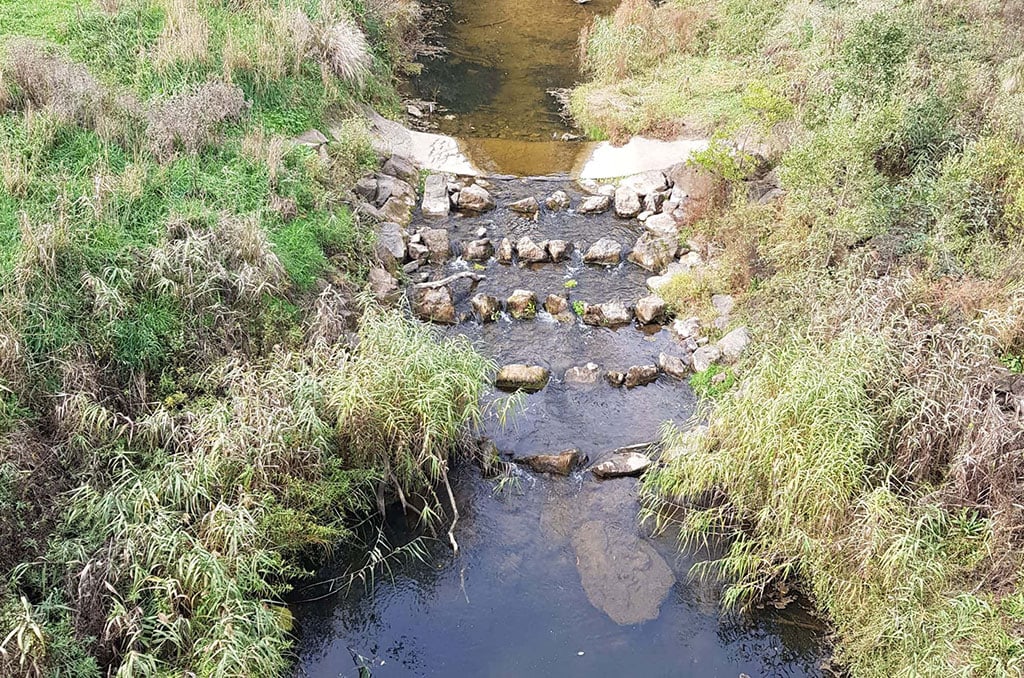
In 2012, Corangamite CMA installed a rock ramp fishway at Timboon trestle bridge to facilitate fish passage along the river. This site was previously a barrier to fish passage.
If you visit the Fat Cow Café in Timboon, take a look at the beautiful painting of the Timboon trestle bridge rock ramp fishway on the left wall as you enter.
A number of different agencies work together to deliver outcomes for the Curdies River estuary. Their roles are explained below.
Parks Victoria is the land manager of the Curdies River estuary. This includes responsibilities for opening the estuary if feasible and desirable to protect areas from flooding. Parks Victoria must obtain a permit from Corangamite CMA prior to any artificial estuary openings.
Under the Environment Protection Act 2017 (s25) General Environmental Duty (GED), anyone engaging in activities that may give rise to risks of harm to human health or the environment from pollution or waste needs to understand those risks and take reasonably practicable steps to minimise them.
The EPA provides guidance to dairy farmers on how to assess and meet their GED obligations, such as the Agriculture - guide to preventing harm to people and the environment. EPA also references more detailed guidance from the Department of Agriculture and Dairy Australia’s Dairy Gains program. Dairy farms do not require specific EPA permission to manage effluent in lagoon systems and irrigate to paddocks. The EPA recently undertook an audit of 25 dairy farms and found 2 out of 25 farms were not meeting their obligations.
The public and agencies should report all fish death events to EPA by calling 1300 EPA VIC (1300 372 842), 24 hours a day.
EPA will assess and triage the report considering size of the event, species, location, potential cause and other relevant factors. If the cause of the fish death is a result of a specific pollution event, then EPA officers will respond directly to investigate. If it is likely the cause is a natural occurrence, EPA may request assistance or refer the report to other agencies with water or land management responsibilities.
Wannon Water is an urban water corporation. They don’t extract water from the Curdies River for drinking water purposes and don’t have a land or waterway management role in the Curdies River catchment. Wannon Water is the Blue-green Algae Regional Coordinator for the area including the Curdies River. The Regional Coordinator is responsible for ensuring there is a coordinated management response for local Blue-green Algae blooms and planning and preparedness for managing regional blooms. Wannon Water are a provider of sewerage services and operator of the Peterborough Sewerage Scheme.
DEECA is the Control Agency for Blue-green Algae and develops the policy for overall Blue-green Algae management in Victoria. DEECA collects data on BGA to monitor trends throughout the State which helps to manage BGA blooms. During an algal bloom, DEECA will co-ordinate management activities so that all relevant stakeholders can perform their respective roles and responsibilities at the regional level. More information can be found on the DELWP BGA page: https://www.water.vic.gov.au/waterways-and-catchments/rivers-estuaries-and-waterways/blue-green-algae
DEECA is also performing the role of Local Water Manager for Blue-green Algae in the Curdies River. Local Water Managers are responsible for managing BGA blooms in the section of a waterway or water body they are responsible for, particularly to minimise impacts of the bloom including public health risks through monitoring, communications and reporting.
Agriculture Victoria is part of DEECA and works in partnership with industry groups and local farmers to improve farm practices. Thy also undertake preliminary investigations in the case of cattle deaths.
Curdies River Update - June 2023
Curdies River Community Update - April 2023
Curdies River Community update - March 2023
Curdies River Community Update - January 2023
Curdies River Community Update - December 2022
Curdies River Community Update - November 2022
Curdies River Community Forum - October 2022
Curdies River Community Update - August 2022
64 Dennis Street, Colac VIC 3250
PO Box 159, Colac, VIC 3250
Hours: 8:30am – 5pm, Monday to Friday
T: 1800 002 262
E: info@ccma.vic.gov.au
BARWON WATER OFFICES
Hours: 8:30am – 5pm, Monday to Friday
All mail must be sent via our Colac office
PO Box 159, Colac, VIC 3250
T: 1800 002 262
E: info@ccma.vic.gov.au
 Close
Close